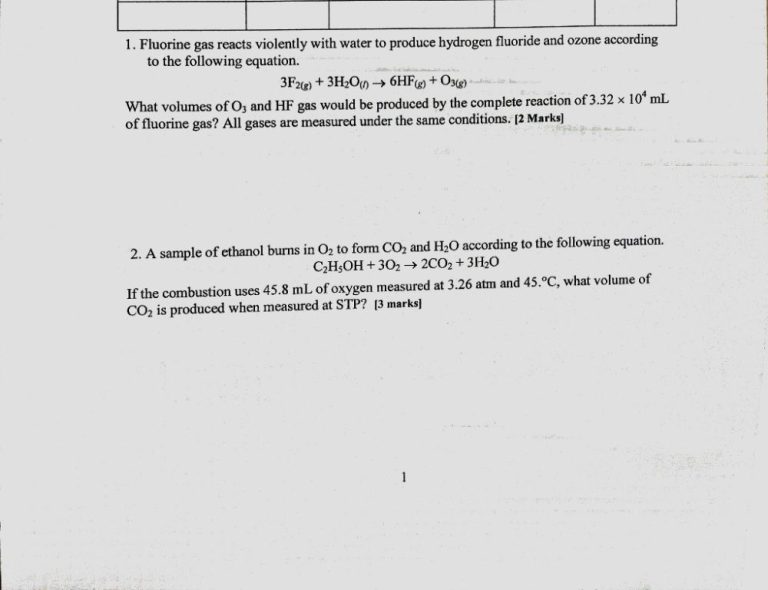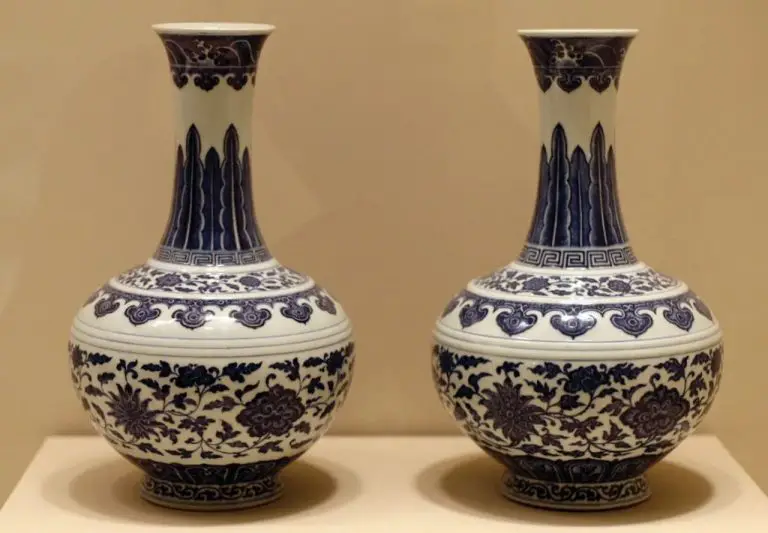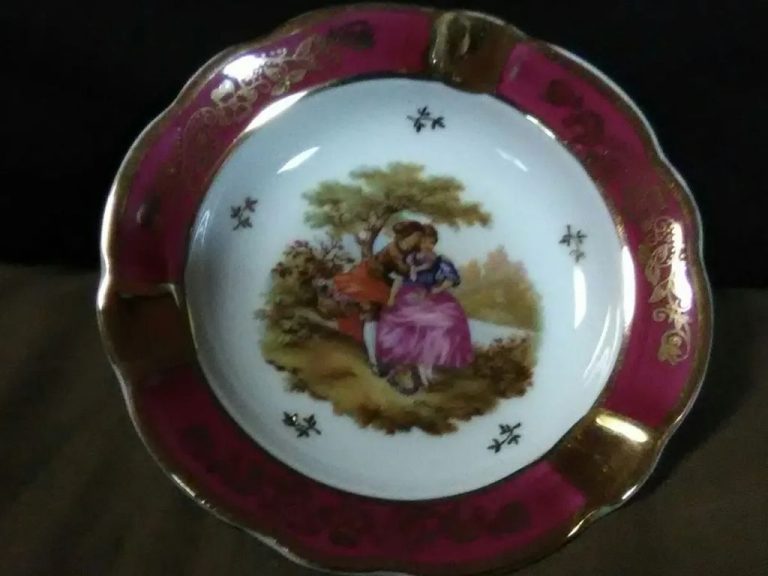Is There Such A Thing As Flat Clear Coat?
What is Clear Coat?
Clear coat is a transparent, protective layer of paint or resin that is applied as the final step when painting a vehicle. It serves several purposes:
- Protects the basecoat color underneath from damage caused by ultraviolet radiation, acid rain, bird droppings, bugs, and minor abrasions
- Provides a deep, glossy shine to the paint’s finish
- Makes cleaning and maintaining the paint easier
There are two main types of automotive clear coat finishes:
- Gloss clear coat – This is the standard clear coat seen on most vehicles today. It has a high-gloss, shiny finish when buffed and polished properly.
- Flat or matte clear coat – This finish has a non-reflective, low luster appearance. It produces a smooth, muted look rather than a glossy shine.
Clear coat is applied after the colored basecoat layer and before any graphics or decals are added to the paint job. Modern clear coats are usually a two-part system, consisting of urethane resins mixed with a catalyst hardener.
Gloss vs Flat Clear Coat
There is a distinct difference between gloss and flat clear coat finishes. Gloss clear coats have a smooth, shiny, reflective appearance while flat clear coats have a dull, non-reflective look (source).
Gloss clear coats contain a higher ratio of resin to pigment, creating a smooth surface that reflects light evenly. This gives surfaces coated in gloss clear coat a brilliant, wet look. The shine of gloss can accentuate the lines and colors of a vehicle. However, gloss shows imperfections like swirl marks and scratches more readily (source).
Flat clear coats have a higher pigment-to-resin ratio, creating a rougher surface that scatters light. This gives a muted, matte appearance. Flat hides imperfections well but doesn’t have the same visual pop as gloss. Flat clear may be preferred when a more understated look is desired. However, dirt and debris show more easily on flat finishes.
Is Flat Clear Coat Really Flat?
While called “flat”, flat clear coats do not produce a completely matte or dead flat finish. They still impart some level of gloss, just significantly less than a gloss clear coat. According to sources, the gloss level of a flat clear coat can range from 5-15 on the gloss meter, compared to 70+ for a high gloss clear coat (1).
The level of flatness depends on the specific product used. Some flat clear coats marketed as “satin” may end up closer to 20-30 on the gloss meter, while a “dead flat” clear may measure closer to 5 (2). So while a completely matte finish is difficult to achieve with clear coat alone, flat clear coats can significantly subdue gloss and create a low-sheen appearance.
Creating a Flat Finish
There are a couple ways to flatten a gloss clear coat to achieve a flat or matte finish:
You can add a flattening agent like matte additive to gloss clear coat before applying it. The flattening agent contains silica that scatters light, transforming the finish from shiny to flat. Start by adding a small amount of flattening agent and testing on a sample piece before applying to the full project. Add more flattening agent if needed to achieve the desired flatness.
You can also apply a dedicated matte or flat clear coat product that is formulated to dry to a non-glossy finish. Companies like Rust-Oleum, Krylon, Dupli-Color, and Testors make specialty flat clear coat sprays designed to go on glossy but cure to a flat, non-reflective finish. These are formulated with flattening agents pre-mixed in the can.
Benefits of a Flat Finish
One of the main reasons people choose a flat clear coat is for aesthetic appeal. As Sybon points out, “The matte finish has an understated elegance that emphasizes body lines and contours over flashy reflections” (https://www.supersybon.com/clear-coat-varnish/matte-auto-clear-coat). The flatter, more muted look can be sleek and stylish.
A flat clear coat also helps hide small imperfections in the paint beneath. The lack of reflectivity minimizes the appearance of swirl marks, light scratches, orange peel, and other minor flaws. This makes a flat finish more forgiving and easier to maintain over time.
In terms of durability, a quality flat clear coat provides comparable protection to a gloss clear coat. Both protect the base coat against UV rays, environmental damage, and chemical stains. So while the aesthetic appeal may differ, the protective abilities are similar between flat and gloss (https://repfitness.com/blogs/guides/what-are-the-benefits-of-a-clear-coat-finish). With proper care, a flat clear coat can be quite durable and long-lasting.
Downsides of Flat Clear Coat
While a flat finish gives a unique, stylish look, there are some downsides to be aware of:
It is more difficult to produce a perfectly uniform flatness across the entire surface of the vehicle compared to a gloss finish. Variations in flatness can stand out and look unappealing.
The lower gloss means there is slightly less protection from UV rays, chemical etching, and day-to-day wear and tear. Glossy clear coats can better resist swirl marks and light scratches.
It is harder to buff out imperfections in a flat clear coat finish. A skilled paint technician is required. Aggressive buffing can also create glossy spots or uneven shininess. According to one forum discussion, flat paints seem to buff out or turn glossy from rubbing them more than a flat clear coat does.
Caring for a Flat Finish
Maintaining the flat look of a matte clear coat over time requires special care and techniques. According to PPG, it’s important to avoid using regular car wash soaps or wax which can add gloss to a matte finish (PPG). Instead, always use cleaners and soaps specifically formulated for matte paints. Letting debris or bird droppings sit on a matte finish can also lead to permanent glossy spots, so frequent washing is recommended.
Swirls and scratches are also a concern with matte clear coats. Avoid using brushes or abrasive materials when washing, as they can induce swirls in the finish. Using the proper microfiber mitts and gentle, circular motions is key. Wax should never be applied to a matte clear coat, but an occasional sealing treatment with a matte detailer spray can help provide some protection against scratches (Academy Sinnek). Overall, matte finishes require gentle care and maintenance to retain their signature flat, non-reflective appearance.
Cost of Flat Clear Coat
Flat or matte clear coat typically costs more than traditional gloss clear coat. According to Kelley Blue Book, getting a factory matte paint job from the manufacturer can cost around $5,000. Aftermarket matte paint jobs can be even more expensive depending on the size of the vehicle and the quality of the materials.
Professional paint shops will charge more for a matte or satin finish than a gloss finish. The additional labor and special clear coats required increase the cost. According to Bankrate, a basic paint job can range from $300 to $1000. A high-quality matte or satin paint job will likely start around $2000 and up.
The increased cost comes from the extra steps needed to achieve a flat finish. The body must be flawlessly prepped and smoothed. Specialized matte clear coat must be applied in multiple thin layers. This is a meticulous process requiring expertise that standard gloss paint jobs do not demand.
Examples of Flat Clear Coat Use
Flat clear coat is commonly seen in a few specific use cases:
On Concept and Show Cars
Automakers will often use a flat or matte clear coat when debuting a new concept or show car. The flat finish helps make the design stand out and seem ultra-modern or exotic compared to normal glossy production cars. This article notes that matte finishes are becoming popular for creating exclusive aesthetics.
For a Custom Look
Many car enthusiasts opt for a flat clear coat or wrap to give their vehicle a unique, customized appearance. According to Kelley Blue Book, matte finishes can help a car stand out, though they require careful maintenance. For many, this extra effort is worth it for the head-turning matte look.
Matte Wraps
An alternative to repainting with flat clear is using a matte vinyl wrap. Wraps allow you to temporarily give your car a flat finish. This provides the custom look without a permanent paint job. However, wraps require replacement every few years as the vinyl degrades.
Is Flat Clear Coat Right for You?
When deciding between flat and gloss clear coat, there are a few key considerations:
Flat clear coat can give your vehicle a unique, understated look compared to glossy finishes. It helps hide minor imperfections in the paint and can make the color appear richer. However, flat finishes show dirt, dust and scratches more readily and require more frequent cleaning (cite sources).
Gloss coat is more durable, easier to clean, and provides a deeper shine. However, it accentuates any flaws in the application or paint imperfections underneath (cite sources).
Before committing to a permanent flat finish, consider trying a vinyl wrap first. Wraps can achieve a flat look while being removable. This allows you to test the look without the permanent commitment of a full paint job (cite sources).
Whichever finish you choose, professional application is critical. Painting requires proper preparation, spraying technique, and high quality clear coat to achieve an even, durable result. Consider hiring an experienced auto paint shop rather than attempting a DIY paint job if you want showroom quality results (cite sources).
By weighing the pros and cons of each type of clear coat, carefully preparing your vehicle, and using professional painters, you can end up with the perfect custom finish that matches your style and needs.




